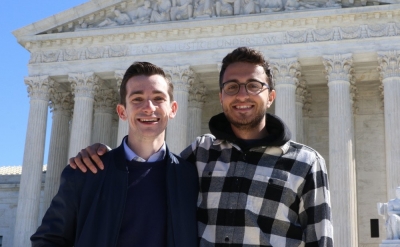

Over the past year I have had the privilege to work on an interdisciplinary Bass-Connections team working to quantify gerrymandering. Our aim is to turn gerrymandering from a subjective discussion about how squiggly a district looks, into a rigorous mathematically formulated problem. At a high level, we try to define what a ‘normal’ , non-partisan map would look like. This gives a baseline to compare an enacted plan to. We do this by constructing tens of thousands of maps of North Carolina. These maps follow all of the legal requirements of a map — that the population is evenly proportioned across districts, that the districts are compactly shaped, that it doesn’t violate the Voting Rights Act, and others. However, they do not take into account any partisan data. After we construct these maps we then have an ensemble of outcomes to compare the enacted plan to. Personally, I work on the code that takes samples from every possible map and tries to find the the legal maps that end up in our ensemble.
The lead of this research group, Jonathan Mattingly (Professor of Mathematics and Statistical Science), was an expert witness in the Common Cause v. Rucho case that went through the North Carolina courts and finally landed at the Supreme Court. I had the opportunity to go to Washington D.C. and sit in on the Supreme Court hearing during their opening arguments. I got to hear the justices discuss the work that my research team had done. It was surreal to hear Justice Kagan and Justice Ginsburg elaborating upon the research we’d been discussing during our weekly meetings. It was an incredibly rewarding experience seeing the real world application of the Math and Statistics I had learned throughout my time at Duke.
See article on the Duke Chronicle.